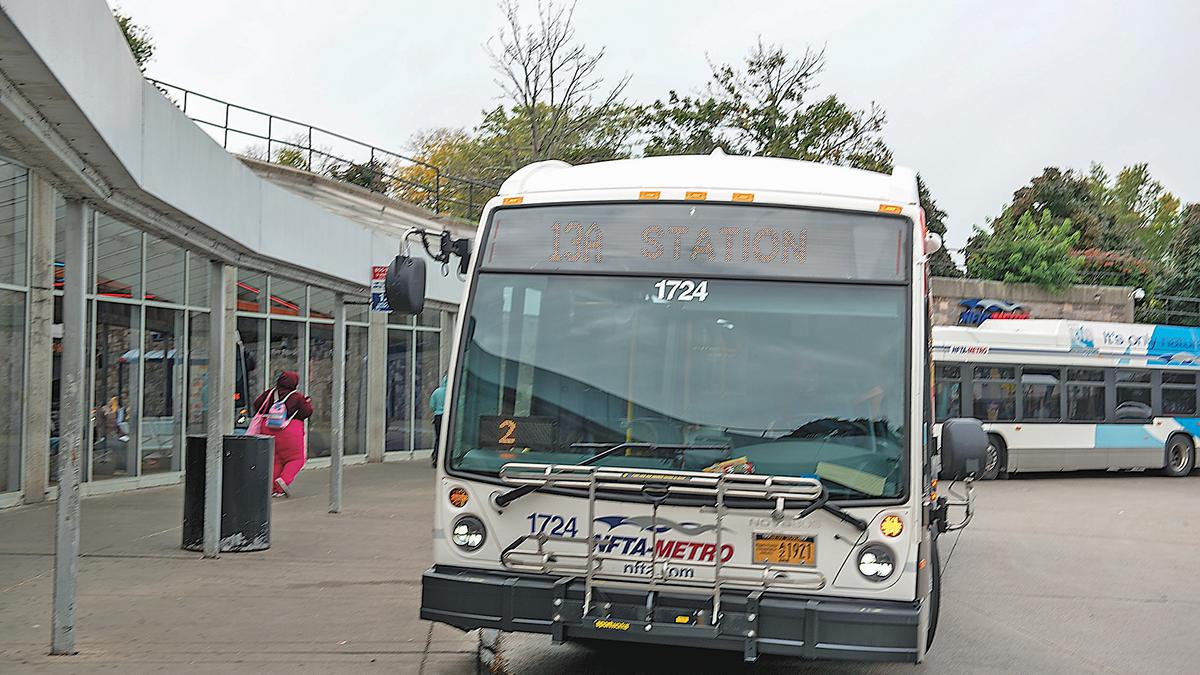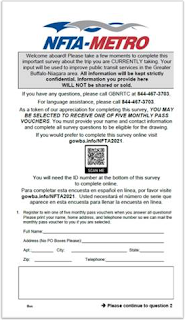

This step created a public corporation that brought all the regions agencies into a unified system with one route network, one fare structure, and one management team coordinating its efforts. The purpose was to continue the efforts of regionalizing the public transportation infrastructure in 1950 (by the creation of the Niagara Frontier Transit System) and 1961 (by the NFTS purchase of the Buffalo Transit Company). The NFTS operated into the 1970s and was replaced by the publicly created Niagara Frontier Transportation Authority (or NFTA) in 1974, aquiring the NFTS, along with other six locally-operating agencies. In 1947, the proposed Niagara Frontier Rapid Transit Commission began the process of the creation of the Niagara Frontier Transit System, charged with operating day-to-day bus operations in the City of Buffalo and some surrounding suburban areas. By 1950, the IRC became bankrupt, and was reorganized as the Niagara Frontier Transit System. By World War II, the International Bus Company was merged into the operations of the International Railway Company.

The first bus operations in Buffalo, New York dates back to 1923 under the private operator International Bus Company, a subsidiary of the International Traction Company, the parent company of the International Railway Company. 9.4 Purchased, but never used in service.8 Buffalo Niagara International Airport Shuttle.6.3.3 Buses inherited from former Buffalo area operators.6.3.2 Buses bought from other operators.3.2 Official coloring palette of the Niagara Frontier Transportation Authority.

3.1 Official typeface of the Niagara Frontier Transportation Authority.


 0 kommentar(er)
0 kommentar(er)
